Assalamualaikum and Peace be upon all of you..
Thanks for viewing my blog.
Today Flora and Fauna will bring you the unique species of Dugong. Yes, the same species of the once popular animal in Malaysia that called "Si Tenang" a few years ago which is found by fisherman lost at the Straits of Johor from its colony.
CHARACTERISTICS
The dugong (Dugong dugon) is a large marine mammal which, together with the manatees, is one of four living species of the order Sirenia. It is the only living representative of the once-diverse family Dugongidae; its closest modern relative, Steller's Sea Cow (Hydrodamalis gigas), was hunted to extinction in the 18th century. dugong is the only strictly-marine herbivorous mammal, as all species of manatee utilize fresh water to some degree.
The dugong has been hunted for thousands of years, often for its meat and oil. Despite being legally protected in many countries throughout their range, the main causes of population decline remain anthropogenic, and include hunting, habitat degradation, and fishing-related fatalities. With its long lifespan of 70 years or more, and slow rate of reproduction, the dugong is especially vulnerable to these types of exploitation. In addition, dugongs are threatened by storms, parasites, and their natural predators, sharks, killer whales, and crocodiles.
HABITAT
Its habitat range into almost 37 countries throughout the Indo-Pacific.
Groups of 10,000 or more are present on the Great Barrier Reef of Australia, at Shark Bay, and in Torres Strait south of New Guinea. Before 1970, it is thought that large populations were also present in Mozambique and coastal Kenya, but these have dwindled. Palau also has a small population. On January 22, 2003, an individual was found (weight 300 kg, length 2 m) off the coast of Tanzania.
A small number of dugongs are also found in the Straits of Johor, in the Philippine provinces of Palawan, Romblon, Guimaras and Davao Oriental, in the Arabian Sea along Pakistan and in the Red Sea in Egypt provinces Marsa Alam at Marsa Abu Dabbab. The remaining dugongs in the Persian Gulf were reportedly further endangered by repeated U.S.-Iraq conflicts.
An endangered population of 50 or fewer dugongs survives around Okinawa.
ECOLOGY AND LIFE
Feeding -
As a herbivors, dugong diets and mainly on sea-grass, hence being called as 'sea-cows'. They will also go to any fresh water sources for drinking. Without these fresh water sources, many would not survive. The amount of these fresh water sources, however, is beginning to decline.
Migration -
During the winter, a few herds of dugongs will move to warmer places in the northern countries, such as bays and canals. Dugongs also live in warmer waters of many other countries near the equator.
Reproduction -
Gestation in the Dugong lasts around 13 months, and results in the birth of a single young. The calf is not fully weaned for a further two years, and does not become sexually mature until the age of 8-18, longer than in most other mammals. As a result, despite the longevity of the Dugong, which may live for fifty years or more, females give birth only a few times during their life, and invest considerable parental care in their young.
TRIVIA
Dugong has a long history with the human and it is proved by the 5000-year old painting at Gua Tambun, Perak.
COMMENT
Dugong was the only surviving species from the family of once diverse dugongidae. If a serious conservation did not take place. This unique species will someday extinct.
Here is a video of greenpeace activist trying to preserve the natural habitat of Dugong at Okinawa, Japan.
skip to main |
skip to sidebar














Land of Nine Kings
Blog Owner
Radin Twitter
The Royal Library
The Chamber of Patriotism
Rule of Law
My Blog List
-
-
Pregnancy and Childbirth in France7 months ago
-
-
-
-
-
Collections7 years ago
-
-
-
-
Ratu Fabiola of Belgium Mangkat Pada Jumaat11 years ago
-
RAJA NAZRIN DIMASYHURKAN SULTAN PERAK KE 3511 years ago
-
KELAM DI BALIK MENDUNG (akhir)12 years ago
-
Surat untuk kekasih imaginari12 years ago
-
-
-
-
-
-
Blog Clock
Prayer Time
Blog Counter
Feedjit
Blog Visitor
Project Alpha
(remove until further notice)
Pages
Powered by Blogger.
Nuffnang
Labels
- Architecture (15)
- Blog (81)
- Events (37)
- Govenorate Portal (86)
- Miscellaneous (14)
- Persona (10)
- Pujangga Alam (8)
- Royal Portal (686)
- Video Collections (2)
News by State
- Agong (183)
- Johor (104)
- Pahang (82)
- Selangor (82)
- Perlis (70)
- Perak (67)
- Kelantan (66)
- Kedah (58)
- Negeri Sembilan (48)
- Sarawak (40)
- Terengganu (39)
- Sabah (36)
- Melaka (31)
- Pulau Pinang (29)
Sultanate of Johor Darul Takzim

Sultanate of Pahang darul Makmur

Sultanate of Terengganu Darul Iman

Sultanate of Kelantan Darul Naim

Kingdom of Perlis Indera Kayangan

Sultanate of Kedah Darul Aman

Sultanate of Perak Darul Ridzuan

Sultanate of Selangor Darul Ehsan

Confederation of Negeri Sembilan Darul Khusus

State of Sarawak, The Land of Hornbill

State of Sabah, The land beneath the wind

State of Pulau Pinang, the Pearl of Orient

State of Melaka, The Historical City

WordPress Theme Design by FThemes.com | Bloggerized by Agus Ramadhani - Zoomtemplate.com
Power by Blogger.com
Power by Blogger.com
 RSS Feed
RSS Feed Twitter
Twitter
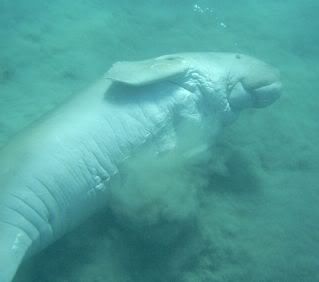
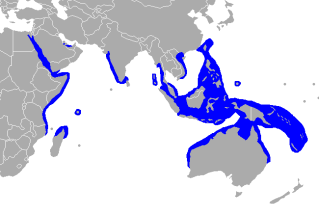
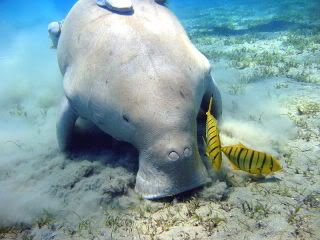
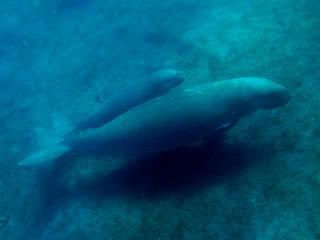
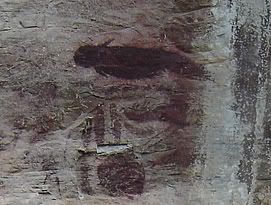


0 comments:
Post a Comment